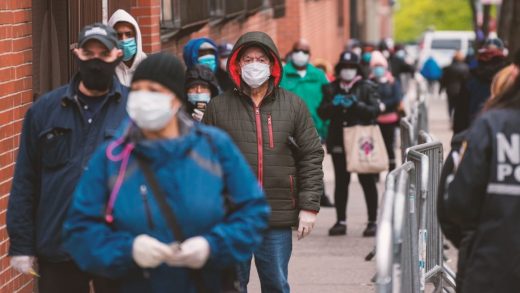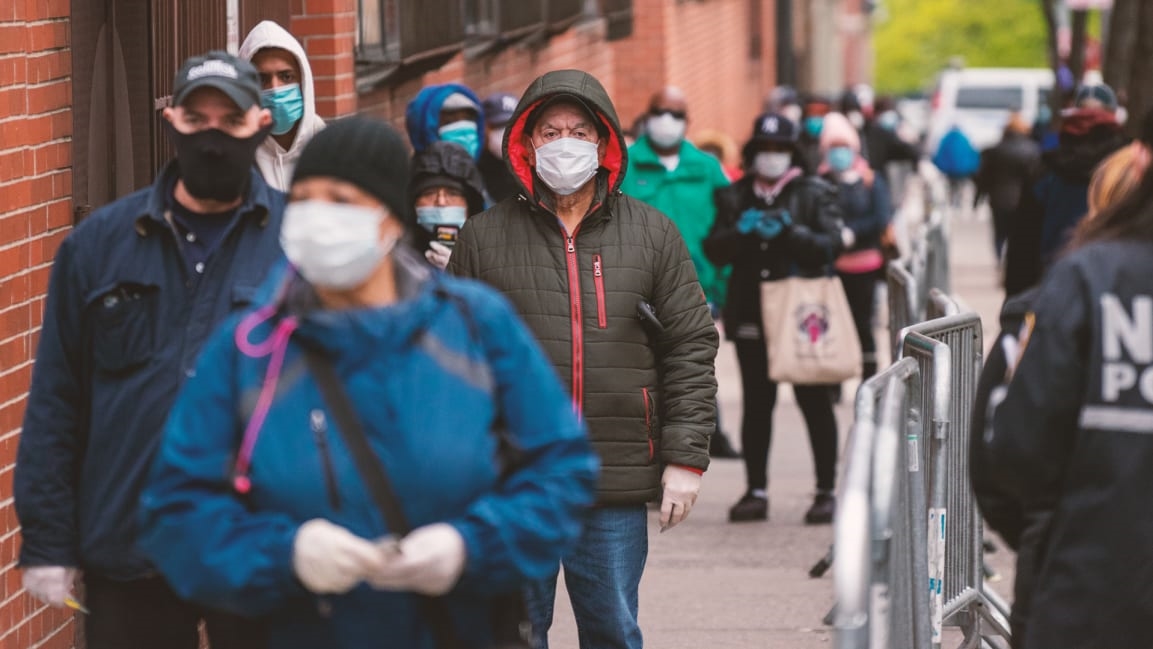Get ready for the long-haul: COVID-19 pandemic will likely to last two years, experts say
Some states and countries may be in the midst of reopening, but the COVID-19 pandemic is far from going anywhere, according to a new report from the esteemed Center for Infectious Disease Research and Policy (CIDRAP). Matter of fact, the report’s authors say governments need to stop suggesting the pandemic could be over anytime soon:
Risk communication messaging from government officials should incorporate the concept that this pandemic will not be over soon and that people need to be prepared for possible periodic resurgences of disease over the next 2 years.
CIDRAP notes several reasons why the COVID-19 pandemic is likely to run until 2022, including that it has a longer incubation period than the normal flu and that its asymptomatic spread makes it more infectious. Because of this, the researchers say COVID-19 likely won’t be halted until 60% to 70% of the population gets infected and becomes immune—the coveted “herd immunity” in other words—which could take another two years.
Until then, CIDRAP says there are three ways the pandemic is likely to play out:
Of these three scenarios, the second would be the most devastating as it would see health services be overwhelmed this fall with a larger number of cases than we’ve seen yet. This scenario is the one that played out with the Spanish flu of 1918.
But no matter which scenario COVID-19 takes, CIDRAP warns “we must be prepared for at least another 18 to 24 months of significant COVID-19 activity, with hot spots popping up periodically in diverse geographic areas.”
As CIDRAP’s director Mike Osterholm told CNN: “The idea that this is going to be done soon defies microbiology.”
(11)



